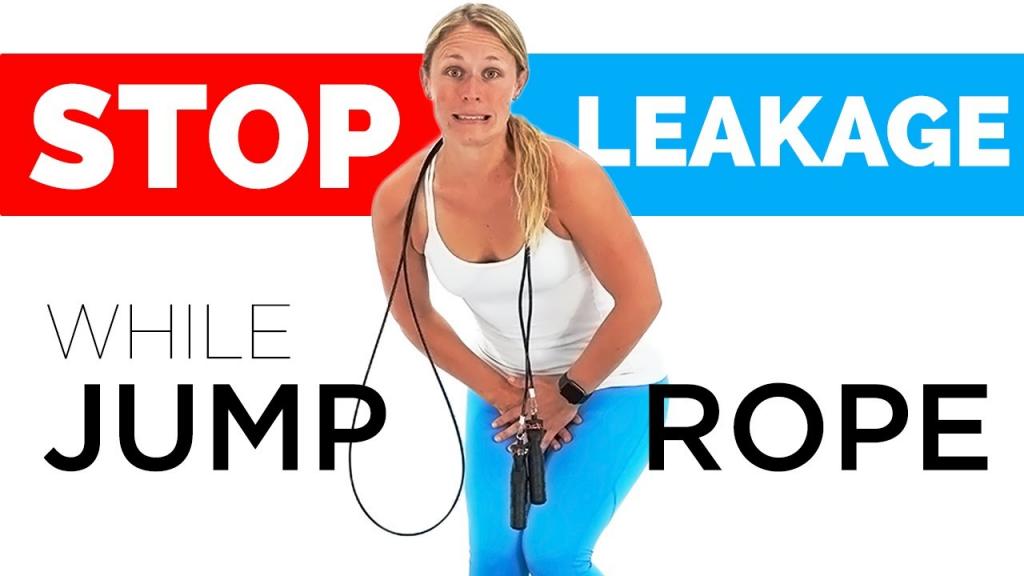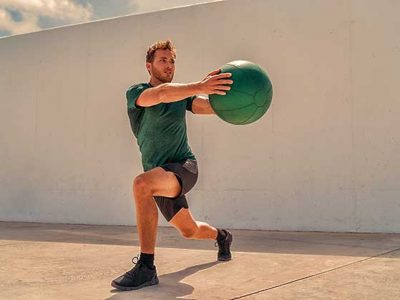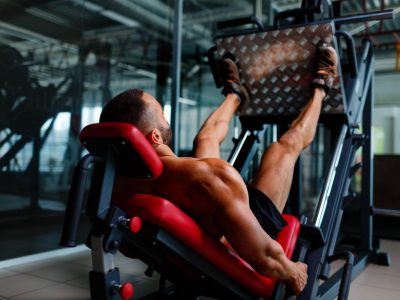Jumping rope is a great cardio workout, but what if each jump leads to an awkward “oops” moment? You’re not alone – this phenomenon known as stress incontinence affects many people during exercise.
This article will shed light on why bladder leakage can happen when you’re skipping rope and provide solutions to help prevent it.
Bạn đang xem: Why Do I Pee When I Jump Rope Updated 07/2024
So, ready to make your workouts worry-free? Let’s dive in!

Understanding Stress Incontinence
How jumping rope can trigger stress incontinence
Jumping rope can be a fun and effective cardio exercise, but it can also trigger stress incontinence.
Stress incontinence occurs when there is pressure on the bladder that exceeds the strength of the pelvic floor muscles, causing urine leakage.
When you jump rope, the repetitive impact puts strain on your pelvic floor, which may lead to urine leakage during your workout.
This happens because the forceful jumping motion causes an increase in abdominal pressure, putting extra stress on your bladder.
If you’re experiencing pee troubles while jumping rope or doing any other high-impact exercises, it’s likely due to this condition.
The main issue here lies with weak pelvic floor muscles that are not able to effectively support your bladder and hold back urine during activities like jumping rope.
Strengthening these muscles through targeted exercises can help reduce bladder leakage and improve overall control.
Ways to Prevent Peeing When Jumping Rope
Strengthening the pelvic floor muscles
Xem thêm : Is Jump Rope Bad For Knees Updated 07/2024
To prevent urine leakage while jumping rope, it’s essential to strengthen the muscles in your pelvic floor.
Weakness in these muscles can contribute to stress incontinence, where activities like jumping put pressure on the bladder and cause urine leakage.
By engaging in targeted exercises that focus on the pelvic floor, such as Kegels, you can improve bladder control and reduce the risk of accidents during workouts.
Strengthening your core system also plays a crucial role in supporting proper pelvic floor function.
Regularly incorporating these exercises into your routine can help you regain control over your bladder and enjoy a worry-free jump rope session at the gym.
Engaging the core and using proper form
To prevent peeing when jumping rope, it is essential to engage your core and maintain proper form throughout the exercise.
By actively engaging your core muscles, you can help reduce the pressure on your bladder and pelvic floor.
This will provide better support to your bladder, minimizing the likelihood of urine leakage during a workout.
Additionally, practicing proper form while jumping rope ensures that you distribute the impact evenly throughout your body, alleviating unnecessary strain on your pelvic floor muscles.
So remember, by focusing on engaging your core and maintaining good form, you can decrease the chances of experiencing bladder leakage while jump roping and enjoy a more comfortable workout experience.
Wearing protective underwear
Protective underwear can be a helpful solution for preventing urine leakage while jumping rope. These specialized undergarments are designed to provide an extra layer of protection against bladder leakage during exercise.
They have built-in absorbent pads that can help to absorb any accidental leaks, keeping you dry and comfortable throughout your workout.
Xem thêm : Is Walking On A Treadmill Good For You Updated 07/2024
With the right protective underwear, you can feel more confident and worry-free while working out at the gym. It’s important to choose absorbent underwear that fits well and provides adequate coverage.
Look for options specifically designed for active individuals experiencing stress incontinence or urinary leakage during exercise.
Medical Interventions for Stress Incontinence
Medications
One option for treating stress incontinence, which can cause urine leakage during activities like jumping rope, is the use of medications.
There are several types available that work by relaxing the bladder muscles or increasing bladder capacity.
These medications can help reduce the urgency and frequency of urination, giving you better control during your workouts.
It’s important to consult with your healthcare provider to determine if medication is appropriate for your specific situation and to discuss potential side effects or interactions with other medications you may be taking.
Taking medication alone may not completely resolve stress incontinence, so it’s often recommended as part of a comprehensive treatment plan that includes pelvic floor exercises and lifestyle changes.
Physical therapy
Physical therapy can be an effective treatment option for managing stress incontinence. Here are some ways it can help:
- Pelvic floor muscle training: Physical therapists can guide you through specific exercises to strengthen the pelvic floor muscles. These exercises, such as Kegels, focus on contracting and relaxing the muscles responsible for bladder control.
- Biofeedback: This technique involves using sensors to provide feedback on muscle activity during pelvic floor exercises. By visualizing this information, you can learn to better control these muscles and improve bladder function.
- Electrical stimulation: In some cases, physical therapists may use electrical stimulation to help activate the pelvic floor muscles. This gentle stimulation can enhance muscle coordination and strengthen weak areas.
- Bladder training: Physical therapists can educate you on proper bladder habits and techniques to improve bladder control. They may recommend scheduled voiding, where you gradually increase the time between bathroom breaks to train your bladder to hold urine for longer periods.
- Lifestyle modifications: Your physical therapist may suggest changes in diet or fluid intake to manage urinary urgency and frequency. They can also provide guidance on maintaining a healthy weight, as excess weight can put additional pressure on the bladder.
- Education and support: Physical therapists are trained to address any concerns or questions you may have about stress incontinence and provide ongoing support throughout your treatment journey.
Surgical options
Surgical options for stress incontinence include:
- Sling procedures: This involves placing a mesh or synthetic material under the urethra to provide support and prevent urine leakage.
- Bladder neck suspension: This procedure involves repositioning and securing the bladder neck, which is the part where the bladder connects to the urethra, to reduce urine leakage during activities like jumping rope.
- Artificial urinary sphincter: A small device is implanted around the urethra to help control the flow of urine. It can be manually activated to close off the urethra and prevent leakage.
- Botox injections: Botox can be injected into the muscles around the bladder to relax them and reduce overactive bladder symptoms that may contribute to urine leakage during exercise.
- Nerve stimulation: Sacral nerve stimulation involves implanting a small device near the sacral nerves that control bladder function. It helps regulate bladder contractions, reducing urge incontinence.
Conclusion
In conclusion, if you find yourself peeing when jumping rope, it is likely due to stress incontinence. This common pelvic floor dysfunction can be caused by factors such as weak pelvic floor muscles and increased bladder pressure during exercise.
However, by focusing on strengthening your core and pelvic floor muscles, using proper form and posture, and considering medical interventions if necessary, you can take control of the situation and enjoy a worry-free workout.
Don’t let urine leakage hold you back from reaching your fitness goals!
Nguồn: https://usgyms.net
Danh mục: Gym Equipment










